1. Automated Editing
AI-driven automated editing tools are transforming how raw footage is turned into polished videos. These systems can analyze hours of footage, identify the best segments or key moments, and assemble them into coherent sequences based on predefined styles or storytelling patterns. For example, AI can automatically trim out silences, bad takes, or filler content, which speeds up the rough-cut process. Automated editing is especially valuable for creating quick highlight reels or social media clips, enabling creators to produce content much faster. By handling tedious editing tasks, AI allows human editors to focus more on creative decisions like narrative flow and emotional impact.
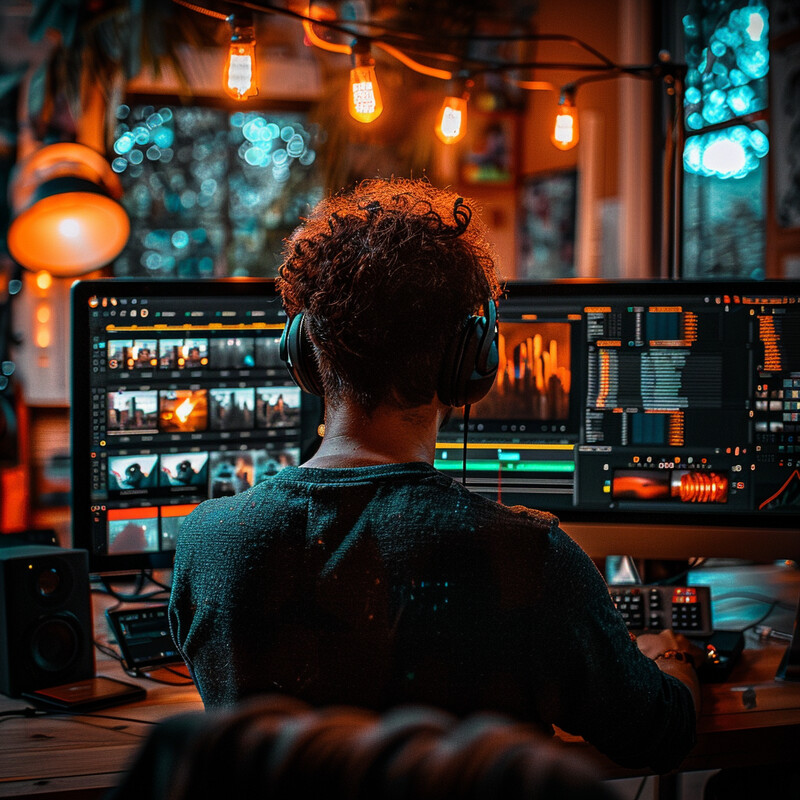
The rise of AI in video editing is evident in market trends. According to a 2025 industry report, the global AI-powered video editing software market (including automated editing tools) was valued at $0.6 billion in 2023, and is projected to reach $9.3 billion by 2033, growing at an annual rate of over 30%. This rapid growth reflects increasing demand across film, marketing, and content creation industries for AI tools that can streamline editing workflows. Major software like Adobe Premiere Pro and emerging platforms are integrating AI to automate tasks such as scene selection, cutting, and transitions, indicating broad adoption of automated editing technologies.
2. Color Correction and Grading
AI is augmenting the color correction and grading process, traditionally a time-intensive artistic task. Modern editing software now includes AI features that can automatically balance colors, match the color style of one clip to another, and even apply complex “looks” with minimal human input. These tools use machine learning to recognize faces, skies, or skin tones and adjust them intelligently (for example, ensuring consistent skin tone across shots). By handling routine adjustments—like exposure matching or white balance fixes—AI speeds up the workflow for colorists. This means editors and colorists can spend more time on the creative fine-tuning of a scene’s mood and less on drudgery, achieving professional-quality results faster and more consistently.
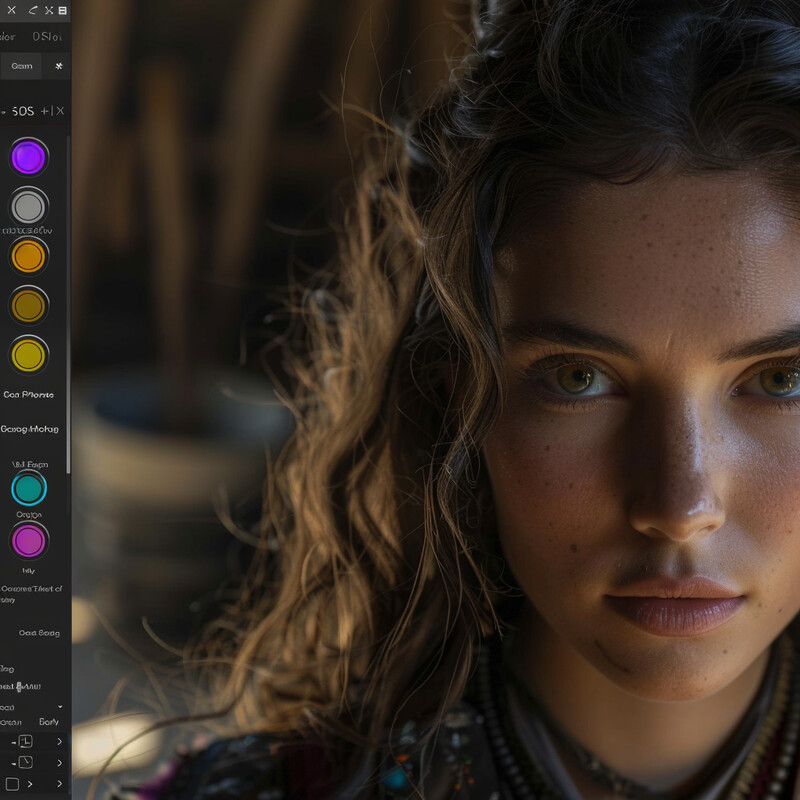
Professional colorists report that AI-based tools have quickly become a standard part of their workflow. For instance, DaVinci Resolve and other grading suites now incorporate AI for tasks like auto-masking and object tracking. One senior colorist noted in 2023 that on most projects he grades, he uses at least two AI-driven tools (such as automated rotoscoping for isolating objects or AI-powered face refinement for beauty adjustments) to expedite the grading process. These AI enhancements handle laborious steps like keying and tracking, effectively saving significant time in post-production while still allowing the colorist to maintain creative control over the final look.
3. Audio Syncing
AI is making audio syncing in video production faster and more precise. Traditionally, syncing audio to video (for example, aligning a separately recorded dialogue track with film footage) could be tedious, requiring manual adjustment or clapper boards. AI-driven syncing tools can automatically match audio waveforms or even recognize spoken words to align dialogue with the speaker’s lip movements. This greatly accelerates the post-production process, whether for synchronizing dailies, multi-camera shoots, or ADR (automated dialogue replacement) in different languages. Furthermore, AI can adjust pitch or timing of audio to better fit the video, and even generate natural-sounding speech to fill gaps, ensuring a seamless blend between sound and picture.
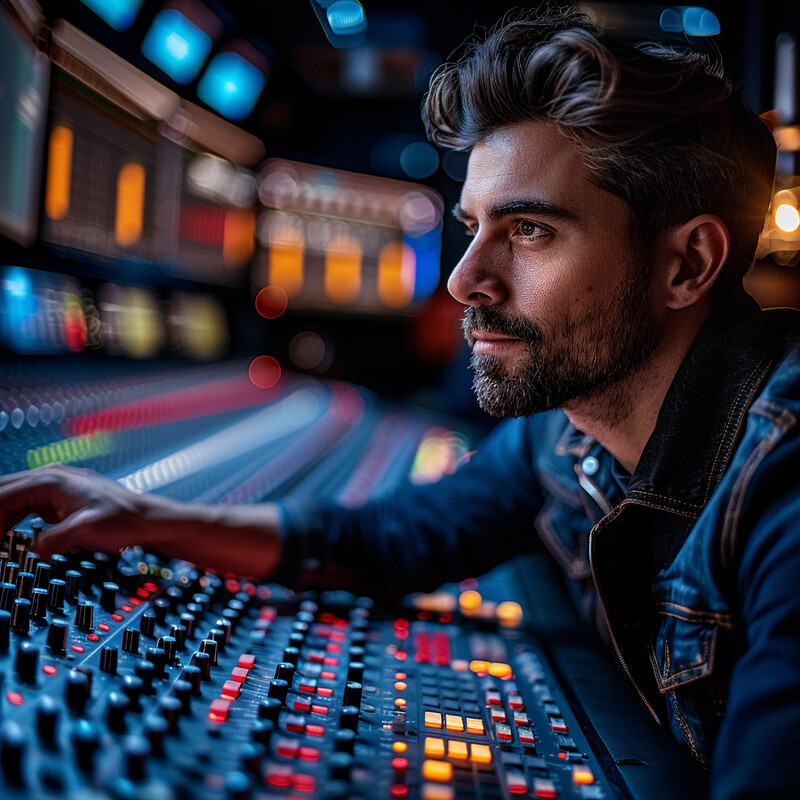
A striking example of AI’s role in audio syncing is in film dubbing and dialogue replacement. The company Flawless AI developed a system called TrueSync that not only aligns translated dialogue with actors’ lip movements but also digitally alters the lips if needed. In the 2022 film Fall, this AI tech was used to replace 35 instances of profanity in the dialogue with milder words, allowing the movie to achieve a PG-13 rating without reshooting scenes. Notably, the AI synchronization was so precise that it eliminated the need for costly reshoots or manual VFX on the actors’ mouths, reportedly cutting the usual dubbing costs by about 50% compared to traditional methods. This real-world use shows how AI can maintain perfect lip-sync while saving time and budget.
4. Visual Effects Integration
AI is increasingly woven into the fabric of visual effects (VFX) creation, helping artists achieve complex effects faster. Machine learning models can be trained on an actor’s face or movement and then used to generate effects like de-aging, face swaps, or realistic digital doubles. AI-assisted tools simplify traditionally labor-intensive VFX tasks: for example, rotoscoping (isolating a moving object from the background) can now be done by AI, freeing artists from painstaking frame-by-frame work. In compositing, AI can remove unwanted elements (wires, rigs) automatically or enhance details like smoke and fire in simulations. Overall, AI integration means VFX teams can iterate more quickly and handle shots that were previously too costly or difficult, blending real footage with CGI seamlessly in films.
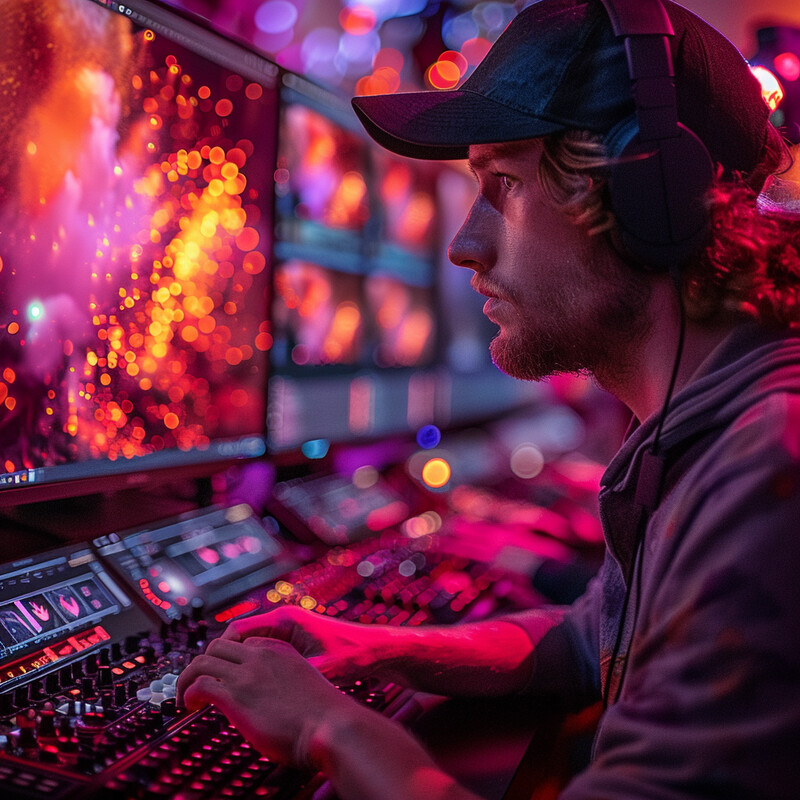
Major Hollywood productions have already leveraged AI for cutting-edge VFX. A high-profile case is Indiana Jones and the Dial of Destiny (2023), in which 80-year-old Harrison Ford appears as his younger self for extended flashback scenes. Industrial Light & Magic used an AI-based FaceSwap technique, training on decades of archival footage of Ford, to digitally “de-age” the actor. The result is that Ford spends roughly 25 minutes of screen time looking like he did in the early 1980s, achieved through machine learning analysis of his past performances combined with CGI. This AI-driven de-aging process allowed the filmmakers to create a convincing youthful Indiana Jones, demonstrating how AI can integrate with VFX to alter an actor’s age realistically – something that would be far more time-consuming (if not impossible) with traditional effects alone.
5. Content-Aware Editing Tools
Content-aware editing tools use AI to understand the actual content of video frames and make intelligent editing decisions. This means the software recognizes objects, faces, and scene compositions, enabling features like auto-cropping, reframing, and object removal. For example, if you need to convert a widescreen video into a vertical format, AI can automatically identify the important subject (say, a person or action in the shot) and reframe each scene so that subject remains in view, without manual keyframing. Similarly, AI-powered content-aware fill can erase unwanted elements (such as a boom mic or bystander in the background) by extrapolating the surrounding pixels, even across multiple frames. These tools effectively “understand” the scene, which helps editors repurpose content for different platforms and clean up shots much more efficiently than before.
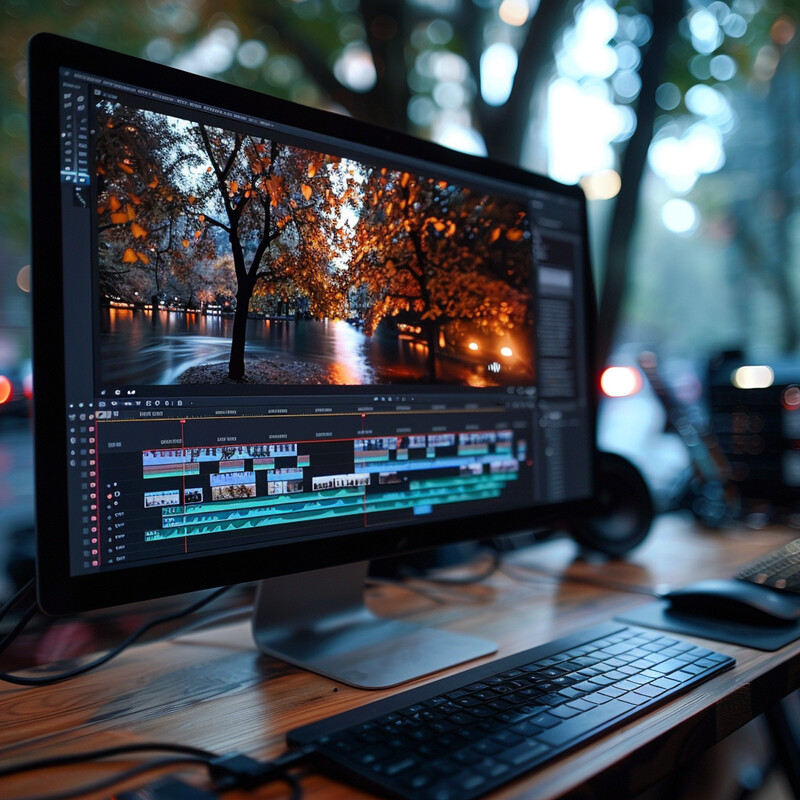
A practical instance of content-aware editing is Adobe Premiere Pro’s “Auto Reframe” feature, introduced using Adobe’s Sensei AI technology. Auto Reframe uses AI to automatically detect the focal point or subject in a video and then re-crop the footage for various aspect ratios (for example, converting a 16:9 landscape video into a 9:16 portrait format for mobile) while keeping the important action centered. This content-aware capability is extremely useful for creators who need to publish videos across multiple platforms—such as YouTube, Instagram, and TikTok—without manually reframing every shot. By analyzing motion and objects in each frame, the AI ensures the key content isn’t cut off in the new frame, dramatically reducing the time editors spend on reformatting videos for different outlets.
6. Enhanced Frame Interpolation
AI is advancing frame interpolation, which means generating intermediate frames between existing ones to create smoother motion or convert frame rates. Traditional interpolation (like slow-motion effects) often led to stutter or blurring, especially if done in software without optical flow analysis. Now, deep learning models can analyze consecutive frames and predict the motion in between with remarkable accuracy, creating new frames that blend seamlessly. This allows for ultra-slow-motion sequences from regular footage or up-converting older 24fps videos to 60fps for a more fluid look, all without the severe artifacts of older methods. For filmmakers and video editors, AI-driven interpolation can rescue footage that was shot at lower frame rates or enhance the viewing experience (for instance, making gameplay or sports footage much smoother) while preserving clarity.

One leading tool in this area is Topaz Labs’ Video AI, which uses machine learning for both upscaling resolution and frame interpolation. It can take a low-resolution or low-frame-rate video and output, for example, a tack-sharp 4K video at 60 frames per second by generating the necessary missing frames. In practice, editors have used such AI software to boost old footage or slow-motion shots, adding frames that look natural. The AI analyzes motion vectors in the footage to predict what new frames should look like, enabling “buttery-smooth” slow motion and converting choppy footage into fluid video. This technology was even used to restore and enhance archival film: by interpolating frames, historical videos that originally played at irregular speeds can now be seen with lifelike motion, thanks to AI’s ability to create high-quality in-between frames.
7. Subtitles and Closed Captions
AI has revolutionized the creation of subtitles and closed captions by using advanced speech recognition and language processing. Automatic Speech Recognition (ASR) systems can transcribe spoken dialogue in video in real time or post-production, generating accurate subtitles without manual transcription. This drastically lowers the cost and time required to caption content, making videos more accessible to deaf or hard-of-hearing audiences and those watching without sound. AI can also handle translation of captions into multiple languages, enabling quicker localization of films and shows. Moreover, modern AI models (like OpenAI’s Whisper or Google’s transcription AI) have reached very high accuracy, even for diverse accents or noisy audio, ensuring that auto-captions are reliable. This means content creators large and small can easily add captions, improving engagement (since many people watch videos on mute) and meeting accessibility standards with less effort.

Automated captioning has rapidly become a standard practice due to its accuracy improvements in recent years. Industry surveys in 2023 found that over 70% of video creators or organizations now use AI-generated captions for their content (often with minimal human editing afterward). This widespread adoption is driven by modern AI transcription systems achieving about a 10–15% word error rate, which is near human-level accuracy. For example, platforms like YouTube auto-generate subtitles for videos by default, and streaming services use AI to caption live broadcasts on the fly. The result is a huge increase in captioned content: audiences benefit from it (statistics show that a large portion of viewers prefer or rely on subtitles), and creators can reach global audiences by easily translating these AI-generated captions. In short, AI has made subtitle creation faster, cheaper, and highly accurate, leading to far more videos being published with subtitles than just a few years ago.
8. Scene and Object Recognition
AI’s ability to recognize scenes, objects, and even actions within video footage is dramatically improving the editing process. Instead of an editor manually searching through hours of clips for a particular image or scene, AI video analysis can automatically tag content: for instance, labeling all shots that contain a specific actor, a sunset, a car chase, or any defined object. This scene and object recognition is powered by computer vision models trained on vast datasets, enabling them to detect thousands of categories. In practical terms, an editor can now query their footage library with a keyword (like “beach” or “explosion”) and the AI will retrieve relevant clips in seconds. It also aids in creating rough cuts based on script or shot lists—AI can identify when a new scene starts or when a certain character appears. By making footage searchable by its visual content, AI saves editors enormous time and helps maintain continuity and consistency, since no shot gets overlooked due to human error.
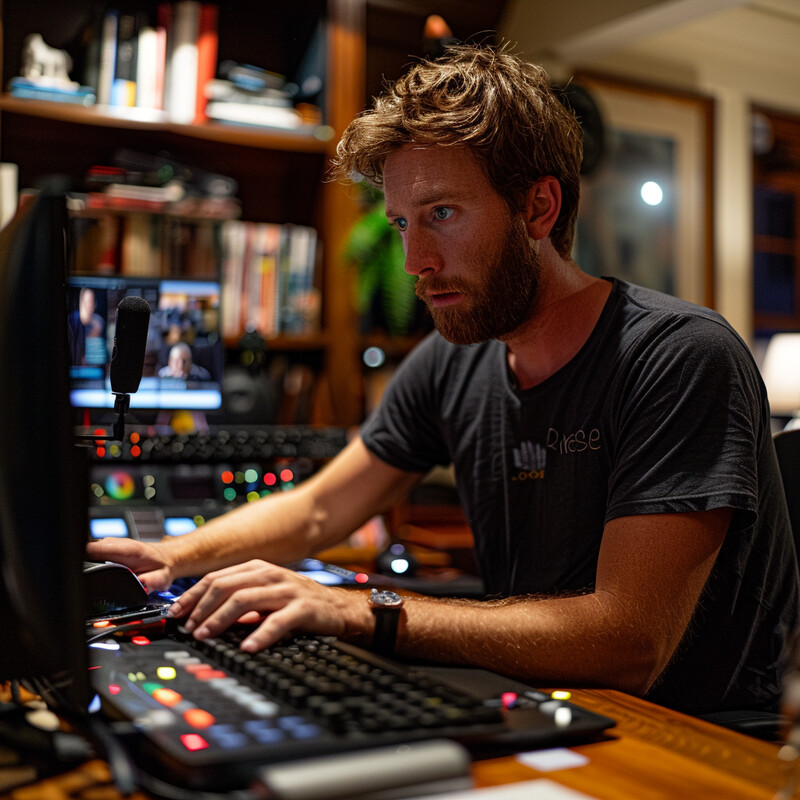
Major tech companies have deployed AI scene recognition as a service for content creators. For example, Google’s Cloud Video Intelligence platform can automatically analyze video and detect over 20,000 different objects, places, and actions, generating time-coded tags for each occurrence. In practice, an editor could use this to find, say, “all scenes where a dog appears” or “every fight scene” in raw footage. According to Google, this AI can catalog elements like locations, objects, and activities, allowing editors to quickly locate and retrieve specific scenes without manually scrubbing through video. Similarly, studios have used IBM’s AI tools to do shot detection and even sentiment analysis on scenes. In one use-case, an AI indexed a documentary’s footage by identifying every person, landmark, and even emotion in each shot, making the assembly of the final edit far more efficient. These real-world implementations show AI’s scene recognition turning what was once a tedious task into an almost instantaneous one.
9. Adaptive Streaming
AI plays a key role in adaptive streaming, which is the technology that delivers video smoothly at different internet speeds by adjusting quality on the fly. Traditional adaptive streaming used simple rules (like drop to a lower resolution if bandwidth dips). Now, AI algorithms are making this much smarter by predicting network conditions and optimizing video bitrate in real time. AI can analyze a viewer’s bandwidth trends, device, and even content complexity to decide the best encoding settings moment to moment. This leads to higher overall quality and fewer buffering pauses, even on fluctuating connections. Additionally, AI-driven encoders perform content-aware encoding: they allocate higher bitrates to complex scenes and lower bitrates to static scenes, which improves efficiency. For streaming providers, this means they can deliver the same visual quality with less data. Viewers benefit through faster start times, less buffering, and longer battery life on mobile (since less data needs to be processed when unnecessary). In sum, AI is making streaming video more reliable and high-quality for everyone.
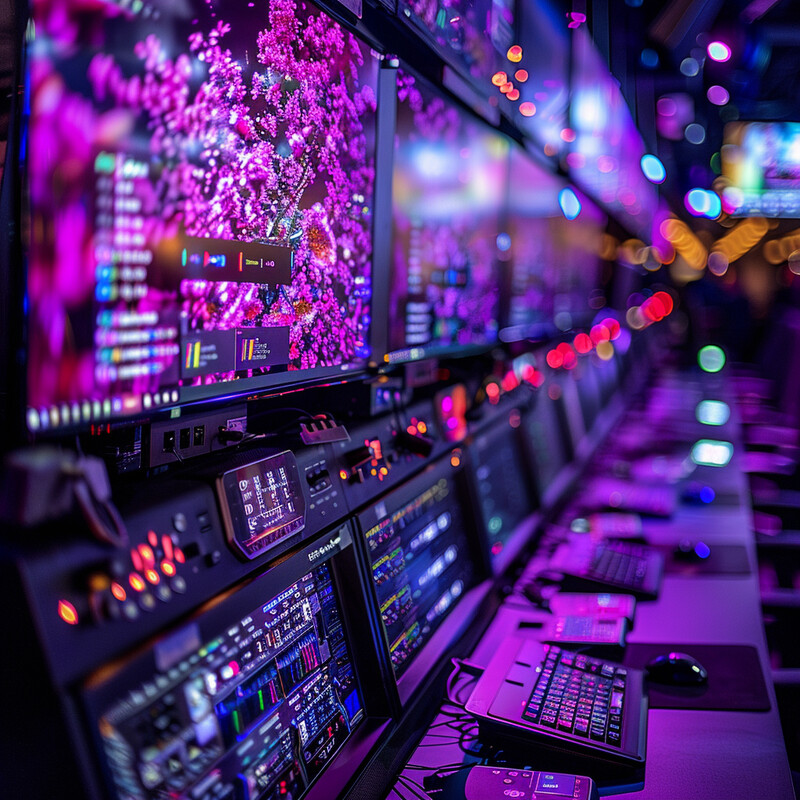
Netflix pioneered AI-driven adaptive streaming techniques to improve user experience. One notable achievement was its introduction of per-title (and later per-shot) encoding optimization using machine learning. By 2016, Netflix reported that switching to this AI-powered encoding approach resulted in around 20% bandwidth savings on average for their streams. In practical terms, that means viewers get the same video quality while using 20% less data, which is a huge efficiency gain at Netflix’s scale. This optimization uses AI to analyze each movie or episode and encode it in a way that harder-to-compress scenes get more bits and easy scenes get fewer bits. The savings are especially important for delivering HD and 4K content smoothly in regions with limited internet speeds. Following Netflix’s success, most major streaming services and video platforms have adopted similar AI-driven adaptive streaming methods to minimize buffering and data usage. For example, YouTube and Amazon Prime Video also use content-adaptive encoding (often guided by AI metrics like VMAF) to dynamically serve the best possible video quality under any network conditions.
10. Predictive Analytics
In the film and video industry, AI-driven predictive analytics is becoming a game-changer for decision-making. Studios and streaming platforms accumulate massive datasets on viewer behaviors, preferences, and market trends. AI algorithms can sift through this data to forecast how audiences might respond to a given piece of content or to identify trending themes. This helps in everything from greenlighting projects to marketing strategy. For instance, an AI might predict that a certain genre-film with a particular star could gross within a certain range at the box office, influencing whether a studio invests in it. Predictive models also optimize release timing (identifying the best weekends to launch a film based on competition and audience interest) and even edit decisions (by predicting which scenes audiences will find most engaging). In video streaming, predictive analytics inform content recommendation engines and can even guide producers on what kind of original content to create next. Ultimately, these tools aim to reduce financial risk and ensure content finds its best possible audience through data-driven insight.
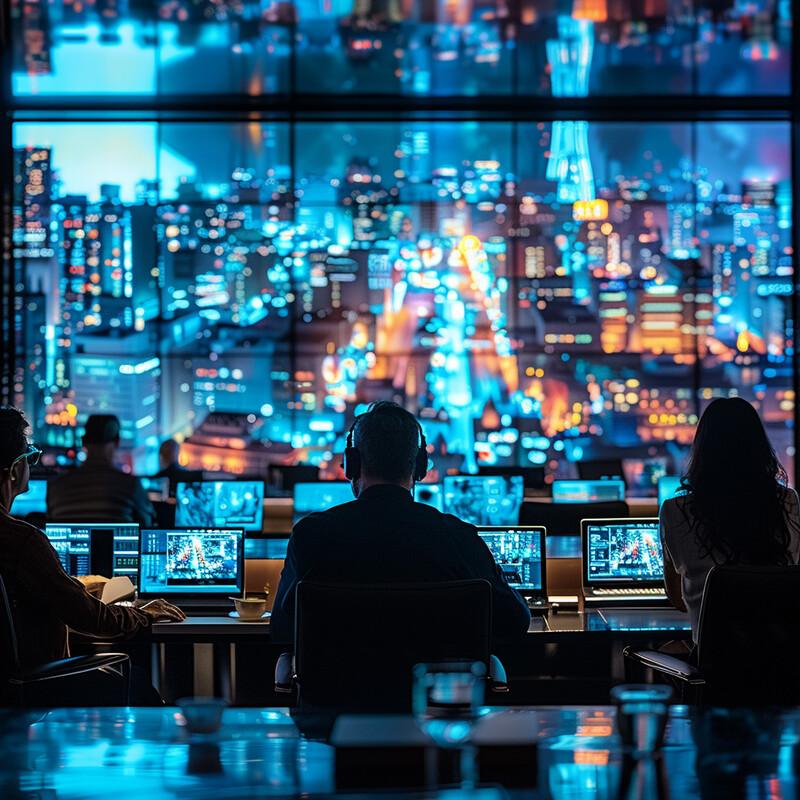
Hollywood studios have started using AI platforms for predictive analytics in film planning and marketing. A notable example is the startup Cinelytic, whose AI-driven system was adopted by STX Entertainment and other studios to forecast box office results and inform release strategies. Cinelytic’s AI analyzes factors like genre, cast, franchise history, and social buzz to predict a film’s performance. According to reports, this system can project a movie’s box office potential and even suggest the optimal release window to maximize success. While the final creative decisions still rest with humans, such AI predictions offer executives data-backed scenarios – for example, estimating that moving a film’s release date from winter to summer could increase projected revenue by a certain percentage. In practice, these tools have been used to decide which projects to pursue or how to target marketing: one studio noted that AI analytics helped them identify under-performing regions early and reallocate ad spending more efficiently. This use of predictive analytics illustrates how AI is empowering the business side of film and video with foresight that was never previously available with such accuracy.